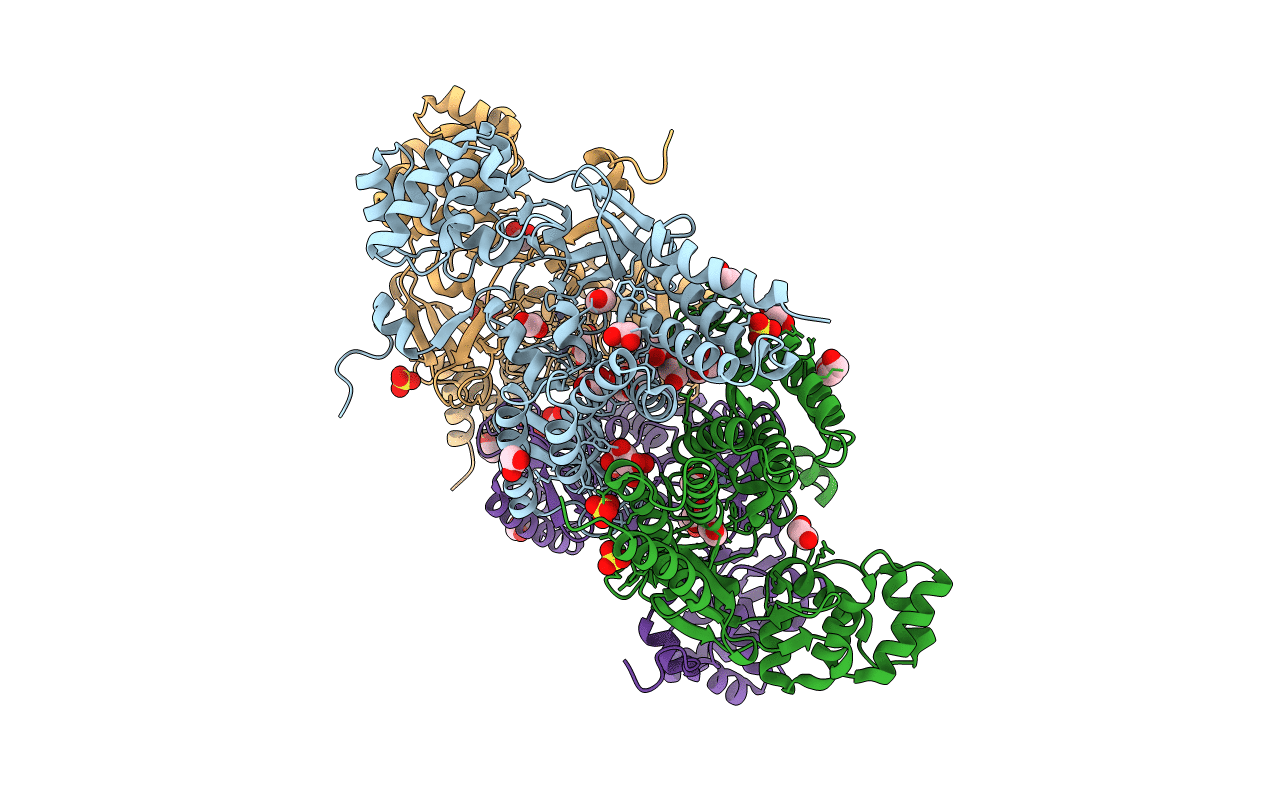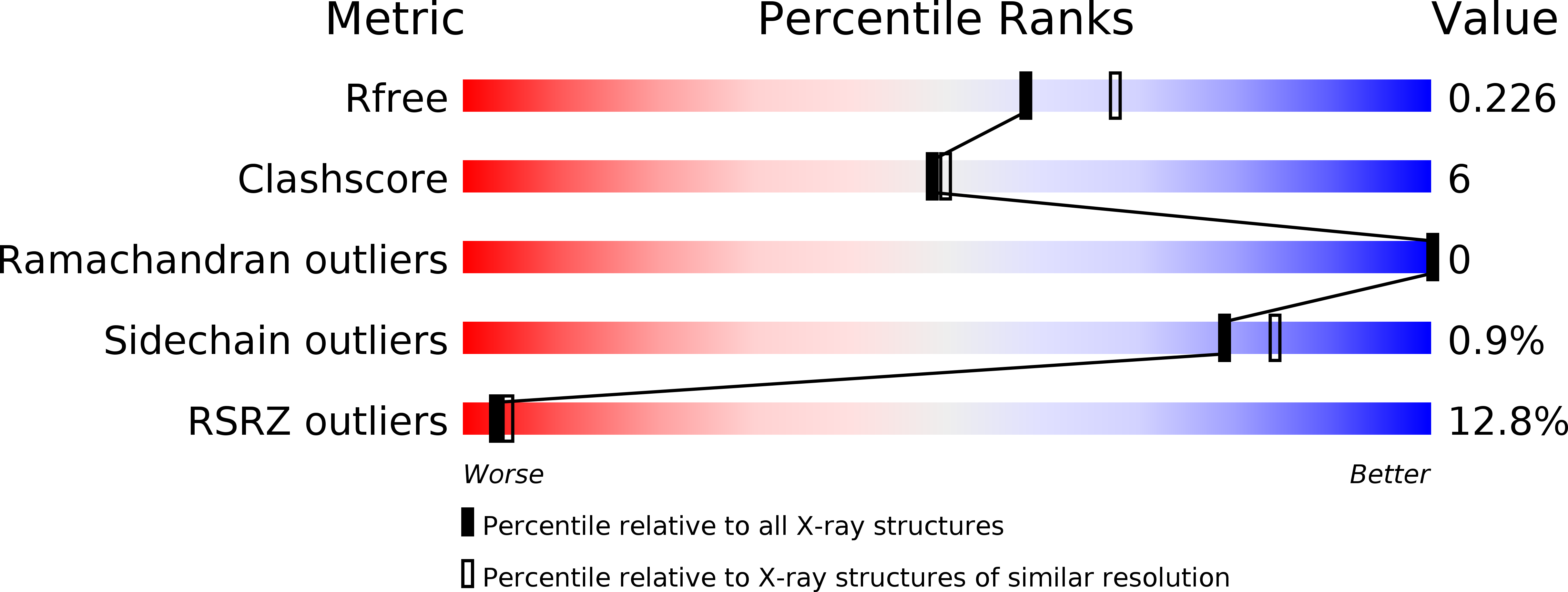
Deposition Date
2018-02-02
Release Date
2018-11-14
Last Version Date
2025-04-09
Entry Detail
Biological Source:
Source Organism:
Toxoplasma gondii (Taxon ID: 5811)
Toxoplasma gondii TgCatPRC2 (Taxon ID: 1130821)
Toxoplasma gondii TgCatPRC2 (Taxon ID: 1130821)
Host Organism:
Method Details:
Experimental Method:
Resolution:
2.10 Å
R-Value Free:
0.22
R-Value Work:
0.19
R-Value Observed:
0.19
Space Group:
P 1


